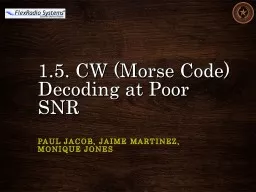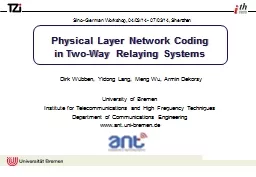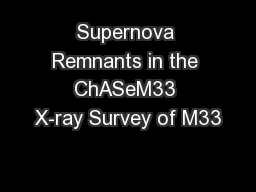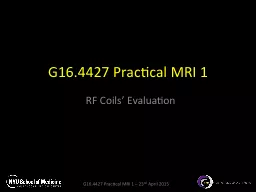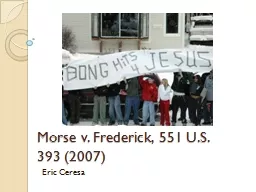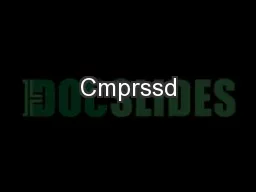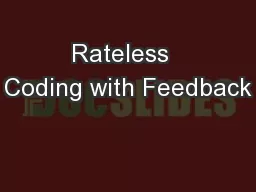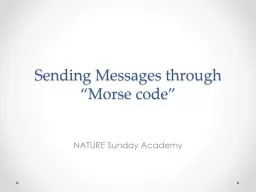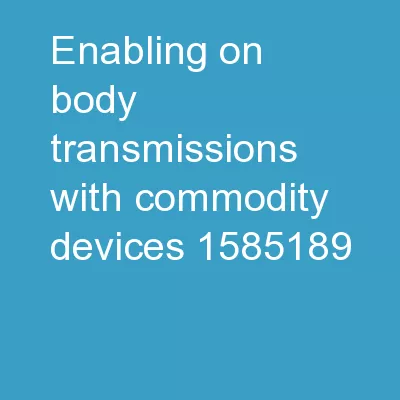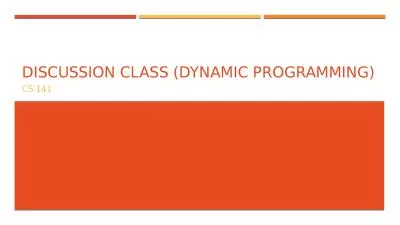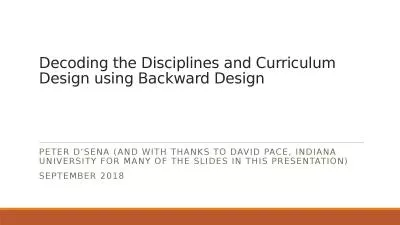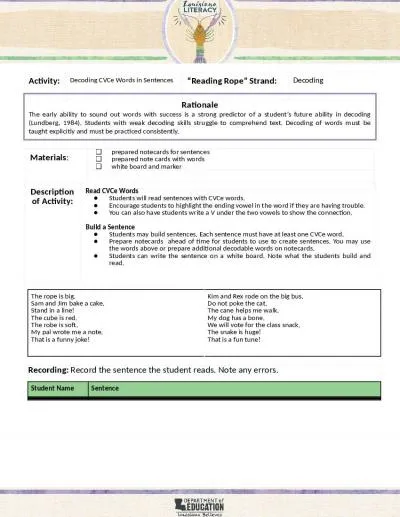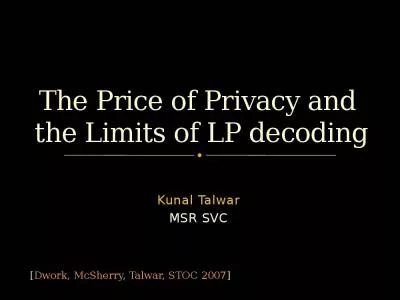PPT-1.5. CW (Morse Code) Decoding at Poor SNR
Author : debby-jeon | Published Date : 2016-06-03
Jaime Martinez Monique Jones PAUL JACOB Ham Radio Amateur Radio The use of designated radio frequency spectra for purpose of private recreation noncommercial exchange
Presentation Embed Code
Download Presentation
Download Presentation The PPT/PDF document "1.5. CW (Morse Code) Decoding at Poor SN..." is the property of its rightful owner. Permission is granted to download and print the materials on this website for personal, non-commercial use only, and to display it on your personal computer provided you do not modify the materials and that you retain all copyright notices contained in the materials. By downloading content from our website, you accept the terms of this agreement.
1.5. CW (Morse Code) Decoding at Poor SNR: Transcript
Download Rules Of Document
"1.5. CW (Morse Code) Decoding at Poor SNR"The content belongs to its owner. You may download and print it for personal use, without modification, and keep all copyright notices. By downloading, you agree to these terms.
Related Documents

